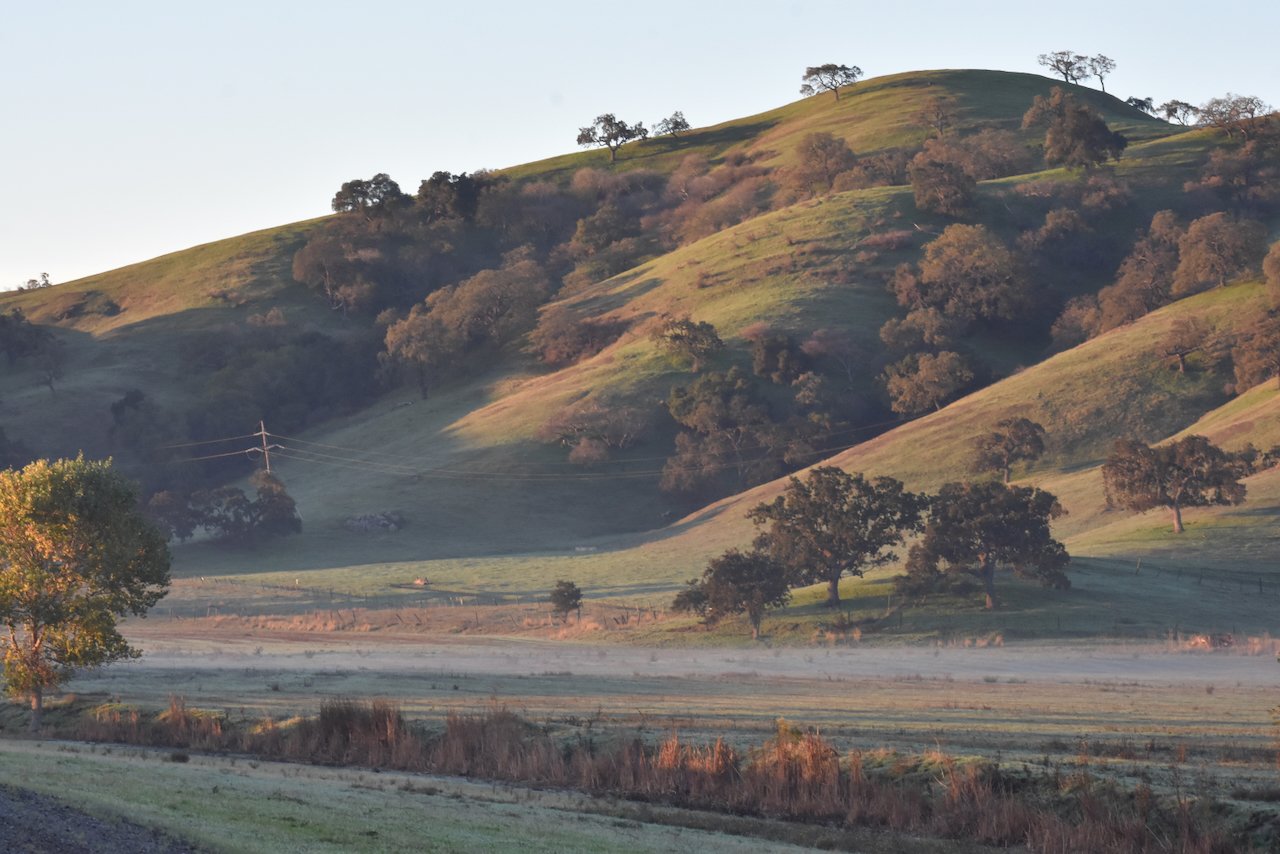The Future of Coyote Valley:
Let’s Focus on Regenerating Historical Ecology
WHAT’S HAPPENING?
The Open Space Authority (OSA) is taking public input to define the future of Coyote Valley. A Spring 2023 community survey is now open for us to express our vision and priorities for the land. While stating that the Coyote Valley Conservation Areas Master Plan will inform how to restore these lands to enhance the natural benefits they provide, the focus of the survey is on how people use the land (recreation, agriculture) rather than on ecosystem restoration for biodiversity and nature itself. Are we losing the opportunity to regenerate a vast (and long gone) valley floor ecosystem, where a tapestry of wetlands, grasslands and oak woodlands once dominated the landscape?
WHY IS THIS IMPORTANT?
After decades of SCVAS advocacy to protect North Coyote Valley, we want to ensure that the plans for the future of this public land reflects what we fought so hard to create: an opportunity to regenerate historical ecosystems and wildlife habitat. While enhancing human experiences and connections with the land with, for example, hiking trails and nature-viewing areas are important, let’s remind OSA that priority should be given to restoring the mosaic of oak woodlands, grasslands, riparian ecosystems and wetlands that once dominated the valley; these are critical to birds and wildlife. Let’s ask OSA to focus on regenerating the ecologically-diverse tapestry of this magnificent valley!
WHAT CAN YOU DO?
Please take the survey by the end of May, and consider the following suggested responses.
Question 6: Highlight “Enhance Wildlife Habitat and Ecological Connectivity” as the most important goal.
Question 7 (free text): Add the following as an additional goal:
Restore historic oak woodlands, grasslands, riparian ecosystems and wetlands
Question 11: Avoid choices that promote paved trails, involve activities that create conflicts among trail users, or disturb wildlife.
Question 12 (free text):
Please emphasize the importance of the area to birds and wildlife and the need to prioritize the restoration of oak woodlands, native grasslands, riparian ecosystems and wetland habitats, and ecological connectivity. Ecological restoration should be the highest priority.
Encourage OSA to promote organic agriculture and to prohibit the use of plastic (plastic mulch film, plastic coated seeds, greenhouses/tunnels), chemical fertilizers, and pesticides (especially rodenticides).
Restore oak woodland and native grasslands to sequester carbon. San Jose's Climate Smart Plan notes that oak woodland restoration is the least expensive natural and working lands activity for carbon dioxide sequestration.
Promote wildlife enhancing elements (such as hedgerows).
Avoid artificial light at night.

